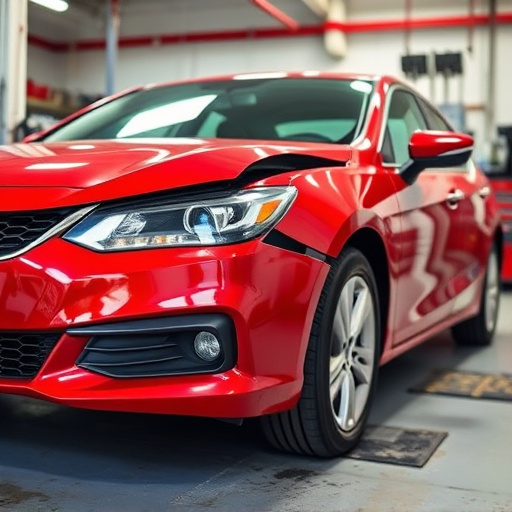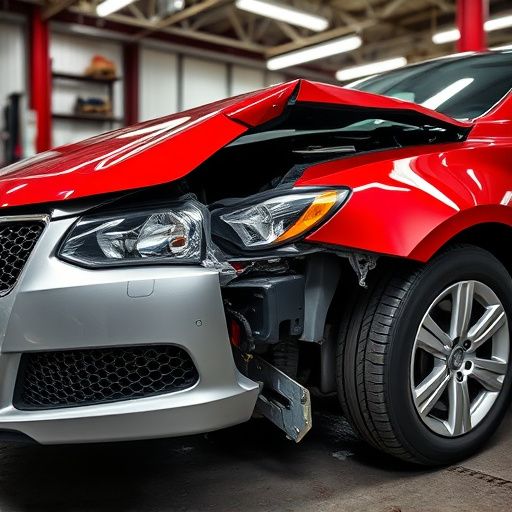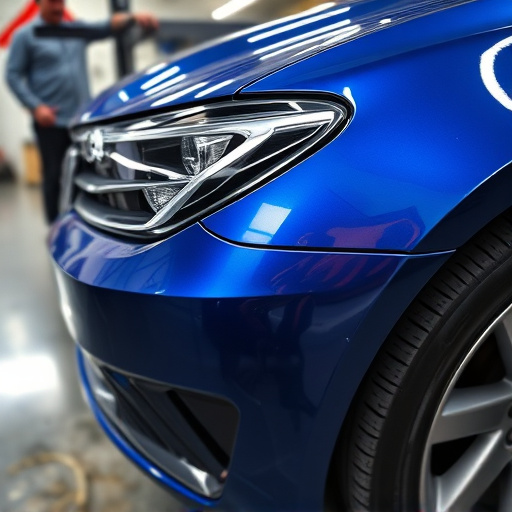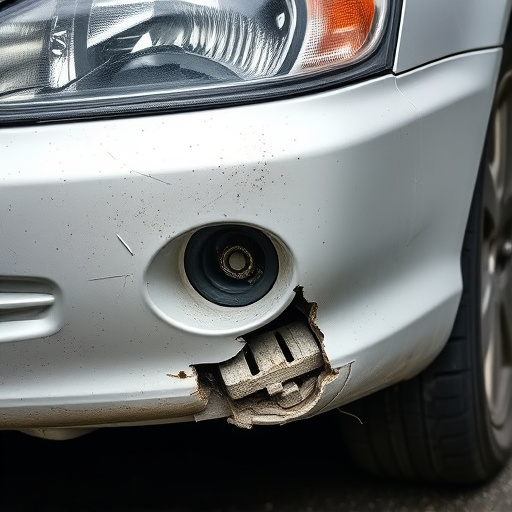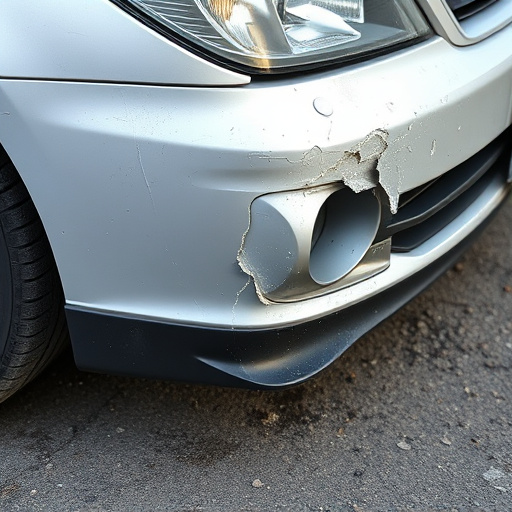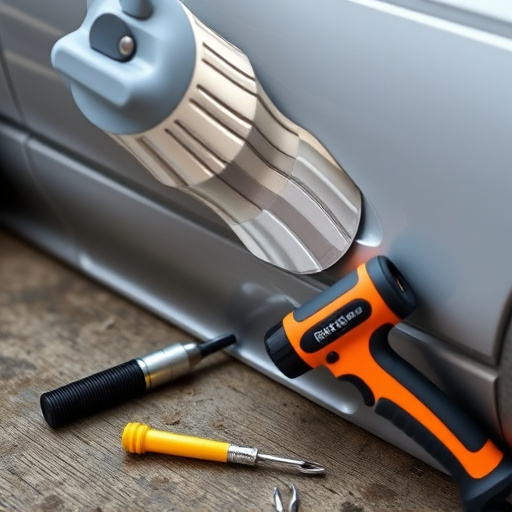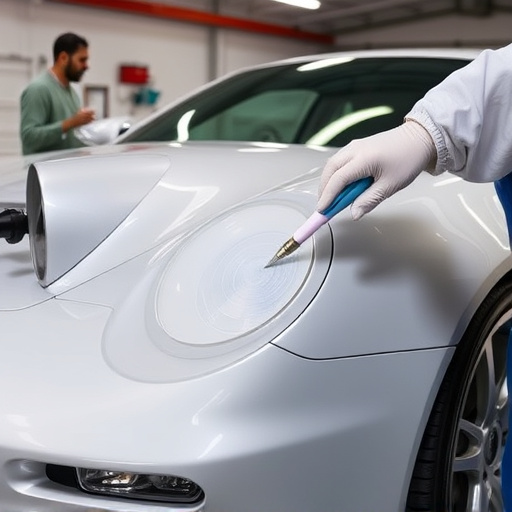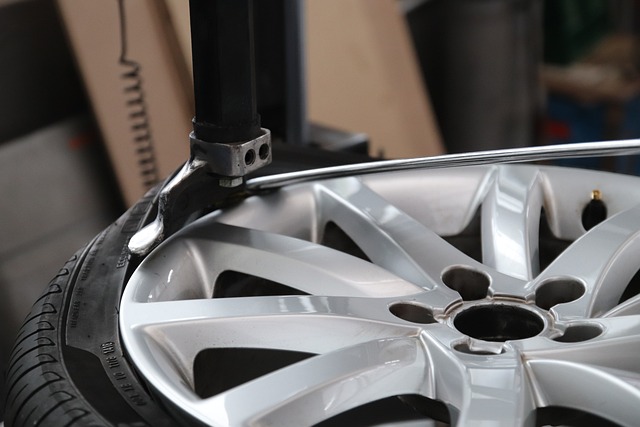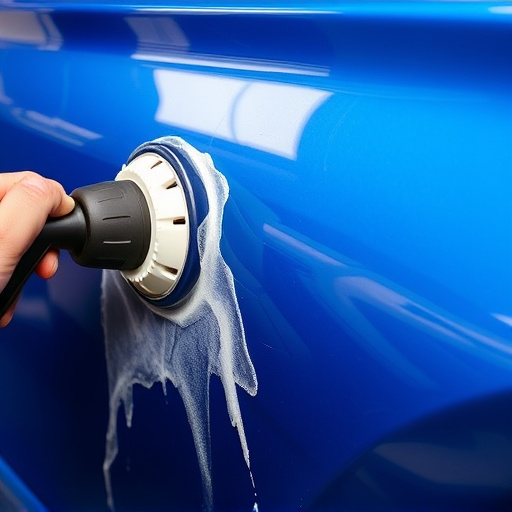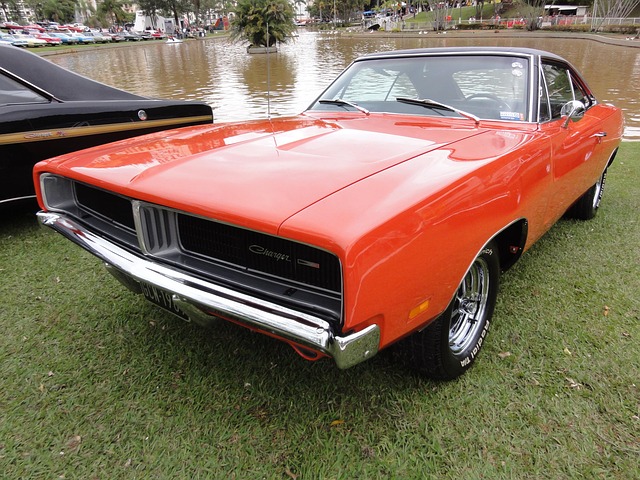Mercedes infrared-reflective glass revolutionizes automotive comfort and protection. It blocks heat, UV rays, and improves insulation for energy efficiency. This technology also deters vandalism, preserving interiors and value. Weigh pros like advanced cooling against higher costs, expert installation, and maintenance when considering this game-changing Mercedes feature.
Is Mercedes’ infrarred-reflective glass a smart upgrade for your vehicle? This cutting-edge technology promises enhanced comfort and energy efficiency, reflecting heat and reducing interior temperature. However, with a significant cost investment, careful consideration is required. Learn about the benefits and potential drawbacks, from installation processes to ongoing maintenance, to determine if Mercedes’ infrared-reflective glass is worth the price tag for your car.
- Understanding Mercedes Infrared-Reflective Glass Technology
- Benefits: Improved Comfort and Energy Efficiency
- Considerations: Cost, Installation, and Maintenance
Understanding Mercedes Infrared-Reflective Glass Technology

Mercedes infrared-reflective glass technology is a game-changer when it comes to automotive innovation. This advanced material is designed to reflect a significant portion of infra-red radiation, which translates to several benefits for vehicle owners. By blocking out heat and UV rays, these glasses offer enhanced interior comfort during hot summer days, helping to maintain optimal temperatures inside the car. This feature is particularly valuable when dealing with sensitive materials like leather upholstery, ensuring they don’t crack or fade due to prolonged exposure to sunlight.
Moreover, Mercedes infrared-reflective glass plays a crucial role in energy efficiency. By reducing the amount of heat that enters the vehicle, it contributes to better insulation and can lead to improved fuel economy. This technology is not just about aesthetics; it offers practical advantages too, especially when considering the long-term effects on car scratch repair and collision center services. The reflective properties also make it harder for the interior to become a target for vandalism, reducing potential damages that may require costly collision repair center treatments.
Benefits: Improved Comfort and Energy Efficiency
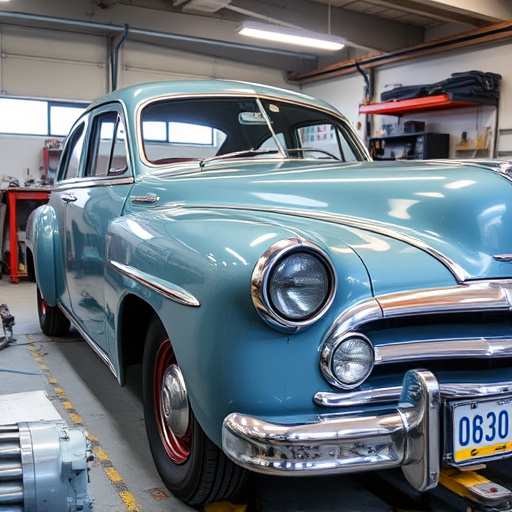
Infrared-reflective glass is a game-changer for Mercedes owners looking to enhance their vehicle’s comfort and energy efficiency. This innovative technology works by blocking out a significant portion of the sun’s heat, reducing the interior temperature even on the hottest days. By keeping the cabin cooler, drivers can enjoy improved air conditioning performance, leading to better overall comfort for both front and rear passengers. Not only does this benefit those inside the car, but it also reduces the workload on the vehicle’s cooling system, potentially saving fuel and extending the life of various components, such as the A/C compressor.
Moreover, infrared-reflective glass plays a crucial role in preventing heat-related damage to vehicle interiors. The sun’s ultraviolet rays can cause premature fading and cracking of upholstery and dashboards, among other issues. By reflecting these harmful rays, this type of glass helps protect against scratch repair and vehicle body repair costs associated with solar damage. It acts as a protective layer, preserving the aesthetics and value of Mercedes’ interior components over time. This feature is particularly beneficial for those who frequent sunny climates or leave their cars exposed outdoors for extended periods.
Considerations: Cost, Installation, and Maintenance

When considering whether Mercedes infrared-reflective glass is worth the investment, several key factors come into play. One of the primary concerns is the cost. This specialized glass comes at a premium compared to traditional auto glass. However, the price tag reflects its advanced properties, designed to keep your vehicle’s interior cool and reduce eye glare.
Installation also requires expert hands, as it needs precise cutting and fitting to ensure optimal performance. Many car paint services and car body restoration specialists offer this service, but it may add to the overall expense. Regular maintenance is another aspect; while the reflective coating is durable, it can be affected by harsh weather conditions, requiring periodic reapplication for maximum effectiveness. Considering these factors, the decision to invest in Mercedes infrared-reflective glass should balance its unique benefits against your budget and maintenance capabilities.
Mercedes infrared-reflective glass offers a compelling solution for those seeking enhanced comfort and energy efficiency in their vehicles. While the initial investment and installation process may be a consideration, the long-term benefits of reduced heat buildup and improved interior climate control make it a worthwhile option. With proper care and maintenance, this technology can significantly contribute to a more comfortable and sustainable driving experience.

